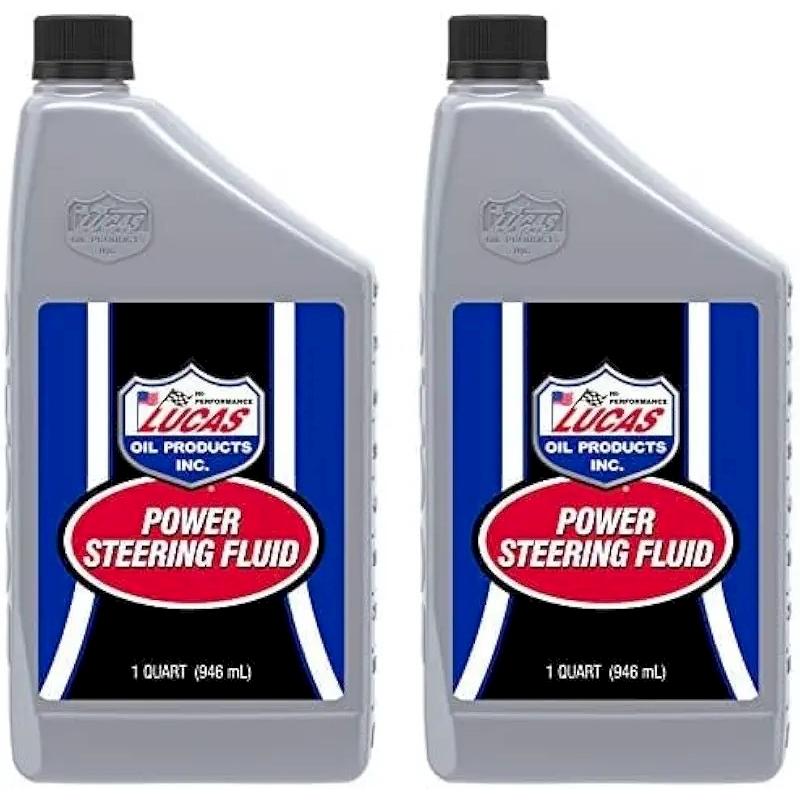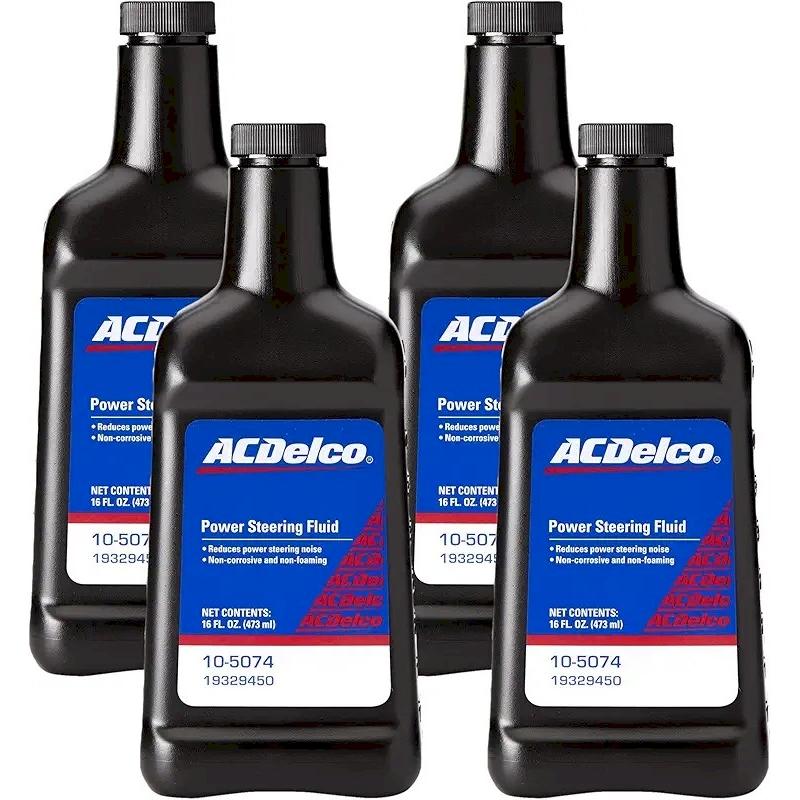Low Power Steering Fluid Noise: Causes and Solutions
Low power steering fluid noise is an issue that many vehicle owners encounter, often leading to concern about their car’s performance. This noise usually manifests as a whining, groaning, or squealing sound when turning the steering wheel. While it can be alarming, understanding the root causes can help you tackle this issue effectively. Power steering fluid plays a crucial role in lubricating and allowing smooth movement in the steering system. When the fluid is low, air can enter the system, leading to noise and additional complications. Failing to address low power steering fluid can jeopardize your vehicle’s handling and, as a result, your safety. In this comprehensive guide, we will explore the causes of low power steering fluid noise, its implications, preventive measures, and steps for resolving the issue.

The Importance of Power Steering Fluid
To understand low power steering fluid noise fully, it’s vital to comprehend the purpose and function of power steering fluid. This vital fluid serves several critical roles in your vehicle’s steering system.
How Power Steering Works
Power steering systems utilize hydraulic pressure to assist with steering. The steering wheel connects to a mechanism that directs hydraulic fluid to a cylinder located near the wheels. The pressure generated by this fluid makes it much easier to turn the steering wheel, allowing for enhanced control and responsiveness.
Benefits of Proper Fluid Levels
Having the correct level of power steering fluid is essential for the optimal functioning of the steering system. Proper levels reduce friction, prevent wear and tear, and ensure that the steering mechanism operates smoothly. This improved performance contributes to a more pleasant driving experience. Furthermore, maintaining adequate power steering fluid minimizes the risk of damage to the steering components, which can be costly to repair.
Recognizing Power Steering Fluid
Power steering fluid is typically a reddish or pinkish liquid, somewhat thick in consistency. Its formulation often includes additives that improve lubrication and protect against oxidation and corrosion. Familiarizing yourself with what power steering fluid looks like can help you identify potential leaks more easily.
Identifying Low Power Steering Fluid Noise
Low power steering fluid noise can vary in sound and character, depending on the underlying issues. Understanding these sounds can assist you in diagnosing the problem effectively.
Common Sounds and What They Mean
When your vehicle has low power steering fluid, you may notice:
Whining Noise
A whining sound when turning the steering wheel is often the first indication of low fluid levels. This sound may become louder as you turn the wheel further.
Groaning or Grunting Sound
If you hear a grunting noise, it may indicate that the power steering pump is straining due to insufficient fluid. This sound usually occurs when making sharp turns.
Squealing Noise
A high-pitched squeal could mean that the power steering pump belt is loose or worn. While this isn’t necessarily a sign of low fluid, it can contribute to issues with fluid circulation and can cause low power steering fluid noise when combined with other problems.
Noticing Performance Changes
In addition to unusual noises, paying close attention to how your vehicle responds is crucial. If the steering feels stiff or unresponsive, especially when attempting to turn, this may be a sign not only of low power steering fluid but also of potential pump failure or other complications within the steering system.
Causes of Low Power Steering Fluid Noise
Understanding the causes behind low power steering fluid noise can help you address the issue effectively and prevent future occurrences.
Fluid Leaks
One of the primary causes of low power steering fluid is fluid leaks. Various components of the power steering system can develop leaks, which can lead to reduced fluid levels. Common areas include:
Hoses and Fittings
Over time, hoses and fittings can become worn, cracked, or loose, leading to fluid leaks. Regular inspection of these components can help prevent issues.
Seals and Gaskets
Seals and gaskets may degrade, especially in older vehicles. When they fail, the hydraulic pressure can cause fluid to escape, leading to low fluid levels.
Power Steering Pump Wear
The power steering pump itself can also wear out, leading to leaks. A faulty pump cannot maintain adequate pressure, which can result in both low fluid levels and noise.
Improper Fluid Levels
Occasionally, the fluid levels may be inadequate because the vehicle was not filled properly during servicing. It’s essential to check and maintain proper fluid levels to prevent noise and ensure optimal performance.
Contaminated Fluid
Sometimes, the power steering fluid may become contaminated due to dirt or debris entering the system. Contaminated fluid can impede the power steering system’s functionality, contributing to noise issues.
Excessive Wear on Components
Over time, various components in the power steering system can wear down due to regular use. Worn gears, bearings, or pumps can lead to low power steering fluid noise and impact the overall performance of your vehicle.
Consequences of Ignoring Low Power Steering Fluid Noise
Failing to address low power steering fluid noise can lead to series of problems.
Decreased Safety
One of the most critical consequences is decreased safety. If the steering system is not functioning appropriately, you may struggle to steer your vehicle, increasing the risk of accidents. Reliable steering is vital for navigating road conditions, making timely turns, and avoiding obstacles.
Increased Repair Costs
Neglecting low power steering fluid noise can lead to severe damage. If a leak is left unchecked, it can result in significant wear on the power steering pump or even complete failure of the steering system. Repairing or replacing these components can be costly, significantly more than simply refilling the fluid.

Poor Driving Experience
Low power steering fluid noise often correlates with poor steering response. A vehicle that is difficult to maneuver can make driving frustrating and uncomfortable, detracting from the overall driving experience.
How to Check Power Steering Fluid Levels
Checking the power steering fluid levels is a straightforward process that every vehicle owner should know how to perform. Here’s a step-by-step guide to check your fluid levels properly:
Locate the Power Steering Reservoir
Open the hood of your vehicle and locate the power steering reservoir. This is typically a small, cylindrical container with a cap and may be labeled.
Inspect the Fluid Level
Remove the cap to check the fluid level. Most reservoirs have markings indicating the minimum and maximum fluid levels. If the fluid level appears below the minimum mark, you may need to add more fluid.
Examine the Fluid Condition
While inspecting the fluid, pay attention to its condition. The fluid should be a clear reddish or pink color. If it appears dark, contaminated, or has a burnt smell, it’s essential to replace the fluid entirely.
Add More Fluid as Needed
If the fluid level is low, use the appropriate type of power steering fluid recommended by your vehicle’s manufacturer. Carefully pour the fluid into the reservoir until the level reaches the mark. Avoid overfilling, as this can create additional pressure in the system.
Run the Engine and Test
Start the engine and let it idle for a few minutes. Move the steering wheel from side to side a few times to circulate the fluid. Listen to any changes in noise and respond accordingly.
Addressing Low Power Steering Fluid Noise
If you are experiencing low power steering fluid noise, it’s essential to take action promptly. Here are some steps you can follow to address the issue and restore proper functioning.
Refill Power Steering Fluid
If you’ve checked the fluid level and found it low, replenish it with the appropriate power steering fluid. Regularly checking your fluid levels can help catch issues early before they escalate.
Inspect for Leaks
After refilling the fluid, observe the area around the power steering system for any signs of leaking fluids. Look for puddles or stains on the ground, and examine hoses and connections for any visible damage.
Seek Professional Assistance
If the noise persists after adding fluid or you notice significant leaks, taking your vehicle to a professional mechanic is advisable. A trained technician can perform a thorough inspection, identify underlying issues, and make necessary repairs.
Consider Power Steering Flush
In cases where contaminated fluid is an issue, performing a power steering flush can help restore proper performance. This procedure replaces old fluid with new, clean fluid, improving lubrication and reducing noise.
Monitor Vehicle Performance
After addressing the noise, keep an eye on your vehicle’s performance. Note any recurring issues, and prioritize maintenance checks to ensure your steering system operates optimally.
Preventing Low Power Steering Fluid Noise
Preventive maintenance is essential for reducing the chances of experiencing low power steering fluid noise in the future. Here are some tips to maintain proper function and avoid complications.
Regular Fluid Checks
Make it a habit to check your power steering fluid levels regularly, ideally once a month or before long trips. Keeping an eye on the levels helps you catch potential issues early.
Comprehensive Inspections
Have your vehicle inspected regularly by a qualified mechanic. They can identify signs of wear on components within the steering system before they become serious problems.
Replace Worn Components Promptly
Don’t ignore any unusual sounds. If you notice low power steering fluid noise or reduced steering responsiveness, investigate the cause and take action. Addressing wear and tear promptly can prevent further damage and costly repairs.
Quality Components
When replacing parts of your power steering system, always opt for high-quality components. Using quality parts can enhance the longevity and reliability of your steering system.
Drive Carefully
Lastly, adopting responsible driving habits can extend the life of your vehicle’s power steering system. Avoid aggressive turning and abrupt handling, which can put excessive pressure on the components.

Conclusion
Recognizing and addressing low power steering fluid noise is crucial for maintaining vehicle safety and performance. By understanding the role of power steering fluid, identifying common sounds, and recognizing the consequences of neglect, you can empower yourself as a responsible vehicle owner.
Regular check-ups and maintenance can not only minimize noise but also prolong the life of your vehicle. When in doubt, seek professional assistance to identify and remedy any issues promptly. Investing time in maintenance will ultimately lead to a more enjoyable and safe driving experience, allowing you to confidently navigate the roads ahead.
Don’t overlook the importance of your power steering system; it plays an essential role in your car’s overall functionality. Stay proactive, recognize the signs, and you can avoid the pitfalls associated with low power steering fluid noise.
